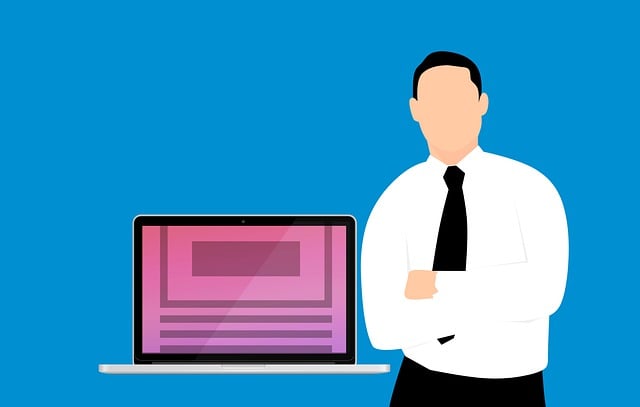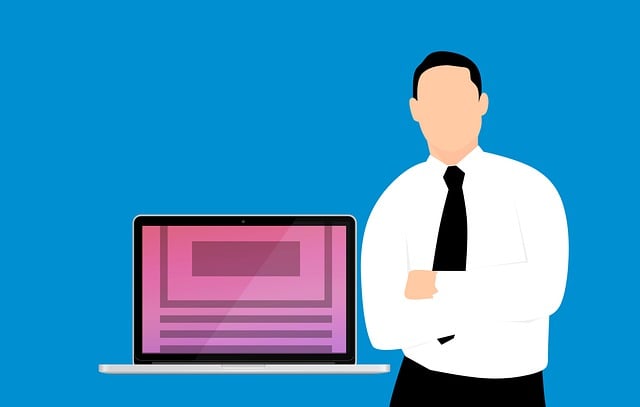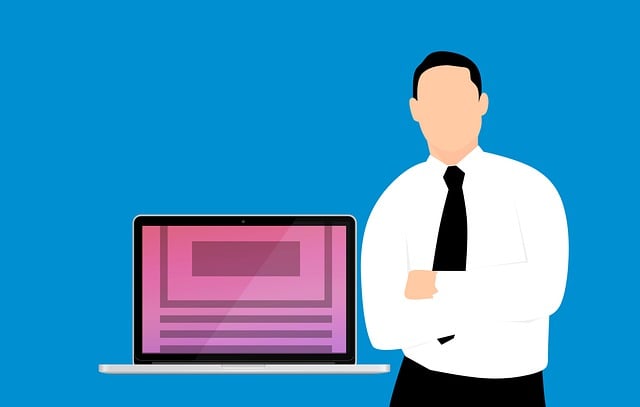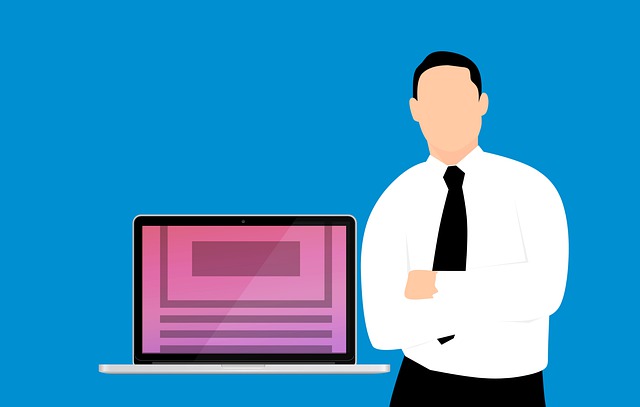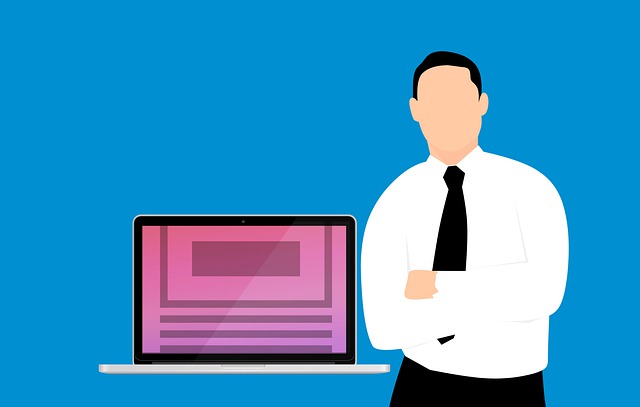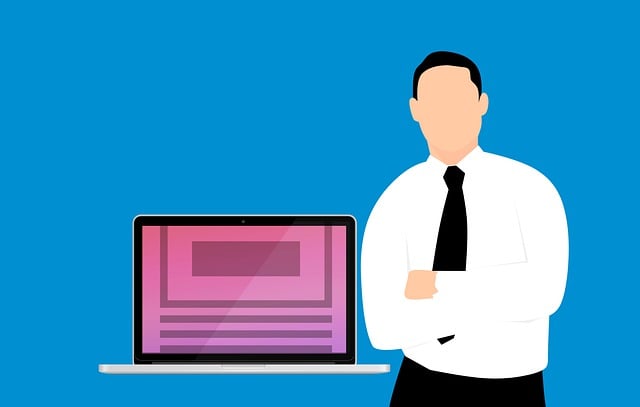Imagine receiving an email that grabs your attention from the very first line, like a captivating story that you can’t help but get lost in.
It’s like stepping into a world where words come alive, engaging your senses and emotions.
This is the power of effective email copywriting, where every word is carefully crafted to entice, persuade, and connect with the reader.
In this article, we will explore 12 examples of engaging email copywriting that will inspire and captivate your audience.
From personalizing subject lines to using compelling language and tone, we will guide you through the art of crafting emails that leave a lasting impression.
So get ready to dive into the world of email copywriting and discover the secrets to creating emails that not only get opened but also get read, shared, and acted upon.
Key Takeaways
- Personalizing subject lines can significantly increase open rates.
- Compelling language and tone create a connection with the audience and make emails memorable.
- Keeping emails concise, clear, and free of technical terms is essential for engagement.
- Including a clear call-to-action with persuasive language can drive desired actions.
Personalize Your Subject Line
Make sure to personalize your subject line to grab the reader’s attention and increase the chances of your email being opened. Subject line personalization techniques are a powerful tool in email marketing. By addressing the recipient by name or referencing their recent activity, you create a sense of relevance and importance. This personal touch makes the reader more likely to engage with your email.
Studies have shown that personalized subject lines can increase open rates by up to 50%. Imagine the impact that could have on your email marketing campaign! By using personalized subject lines, you not only capture attention but also establish a connection with your audience. This sets the stage for a successful email communication.
Now, let’s move on to the next section and explore how to use compelling language and tone to further captivate your readers.
Use Compelling Language and Tone
Transform your email tone into a captivating conversation that draws your readers in like a moth to a flame. Use emotional storytelling to create a connection with your audience.
Paint a vivid picture with your words, evoking their emotions and making them feel invested in what you have to say. Infuse humor and wit into your writing to keep them engaged and entertained. A well-placed joke or clever turn of phrase can make your email memorable and leave a lasting impression.
By using compelling language and tone, you can transform your emails into more than just a message – they become an experience.
Now, let’s transition into the next section about keeping your emails concise and clear.
Keep It Concise and Clear
Craft your email messages with brevity and clarity, allowing your ideas to shine through like a beam of light in a dark room.
Concise messaging is key when it comes to engaging your recipients. Keep your sentences short and to the point, avoiding unnecessary fluff.
Clear communication is equally important – make sure your message is easily understood by using simple language and avoiding jargon or technical terms that might confuse your readers.
Remember, you want to capture their attention and keep them engaged, so be direct and get straight to the point.
In the next section, we’ll talk about how to include a call-to-action that compels your readers to take the desired action without sounding pushy or salesy.
Include a Call-to-Action
Including a clear call-to-action in your email message is like adding a compass to guide your readers towards the desired action effortlessly. To ensure an effective CTA, it’s crucial to use persuasive language that compels your audience to take the next step.
Start by using action verbs that create a sense of urgency, such as ‘Shop now,’ ‘Sign up today,’ or ‘Book your spot.’ Additionally, highlight the benefits or incentives your readers will gain by taking the desired action. Whether it’s a limited-time offer, exclusive content, or a free trial, make it compelling.
Remember, concise and straightforward language is key, so avoid any ambiguity. By utilizing these effective CTA strategies and incorporating persuasive language, you can significantly increase engagement and conversions in your email marketing campaigns.
Now, let’s explore how to use visuals to enhance engagement.
Use Visuals to Enhance Engagement
Using visuals in your email messages can spice up your content and make it more engaging for your readers. Visual storytelling has a powerful impact on email marketing as it captures attention and conveys messages effectively. Incorporating visual cues such as images, infographics, or videos can create a memorable experience for your audience.
-
Images can evoke emotions and create a connection with your readers, making them more likely to engage with your email.
-
Infographics simplify complex information and present it in a visually appealing way, increasing comprehension and engagement.
-
Videos bring your content to life, providing an interactive and immersive experience for your audience.
By utilizing these visual elements, you tap into the psychology of visual cues, leveraging the power of visuals to enhance engagement and drive action.
As you move forward, it’s essential to test and optimize your email campaigns to ensure maximum effectiveness and continuous improvement.
Test and Optimize Your Email Campaigns
Are you getting the most out of your email campaigns by testing and optimizing them regularly? A/B testing is a powerful tool that can help you determine the effectiveness of different elements in your emails.
By sending two versions of an email to a small segment of your audience and analyzing the results, you can make data-driven decisions on what works best. Try experimenting with different subject lines, call-to-action buttons, or email layouts to see which ones generate higher engagement and conversions.
Additionally, segmenting your audience allows you to tailor your emails to specific groups, increasing the relevance and personalization of your content. By continuously testing and optimizing your email campaigns, you can ensure that you are delivering engaging and effective messages to your subscribers.
Frequently Asked Questions
How can I come up with personalized subject lines for my email campaigns?
To create personalized subject lines for your email campaigns, employ smart personalization tactics. Use the recipient’s name or location to grab their attention right away. Craft subject lines that evoke curiosity, urgency, or exclusivity. Experiment with emojis or symbols to make your subject lines visually appealing.
Keep them concise and avoid using generic phrases. Stand out from the crowd by offering unique and tailored content that resonates with your audience’s interests and needs.
What are some examples of compelling language and tone that can be used in email copywriting?
Looking to captivate your audience with engaging email copywriting? Well, buckle up because I’ve got some mind-blowing examples for you!
Picture this: your words are like a symphony of persuasive power, grabbing attention and leaving readers in awe.
With compelling language and tone, you can make your emails impossible to resist. From witty one-liners to heartfelt storytelling, the possibilities are endless.
So get ready to unleash your creativity and watch your email campaigns soar to new heights!
How do I ensure that my emails are concise and clear without leaving out important information?
To ensure your emails are concise yet informative, follow a clear email structure.
Start with a concise subject line that grabs attention.
In the body, use short paragraphs and bullet points to break up information.
Begin with a brief introduction, followed by the main message.
Include relevant details and end with a clear call to action.
Don’t forget the importance of proofreading to catch any errors or missed information.
With a well-structured email, you’ll effectively convey your message while keeping it concise and clear.
What are some effective strategies for including a call-to-action in my email copy?
To create an effective call-to-action in your email copy, use creative visuals and captivating language that grabs your reader’s attention.
Start by clearly stating what action you want them to take, such as ‘Click here to get started’ or ‘Don’t miss out, shop now!’
Keep it concise and persuasive, and use active language to spur your audience into action.
Remember, a well-crafted call-to-action can significantly increase your email engagement and conversions.
What types of visuals can I use to enhance engagement in my email campaigns?
To enhance engagement in your email campaigns, try incorporating visual storytelling, GIFs, and animations.
Visual storytelling can captivate your audience by using images and graphics to convey a compelling narrative.
GIFs and animations can add a touch of excitement and interactivity, making your emails more engaging and memorable.
These visual elements can grab attention, convey your message effectively, and encourage recipients to take action, ultimately boosting the success of your email campaigns.
Conclusion
So there you have it, 12 examples of engaging email copywriting that can help you capture your audience’s attention and drive them to take action.
By personalizing your subject line, using compelling language and tone, keeping your message concise and clear, including a strong call-to-action, and using visuals to enhance engagement, you can create emails that truly resonate with your readers.
And here’s an interesting statistic to add depth to our discussion: Did you know that personalized email subject lines have a 26% higher open rate? That’s a powerful incentive to start incorporating personalization into your email campaigns.
Start implementing these strategies today and watch your email engagement soar!

